Home>Storage & Organization>Kitchen Organizing Tools>How To Make A Litter Box For Cats
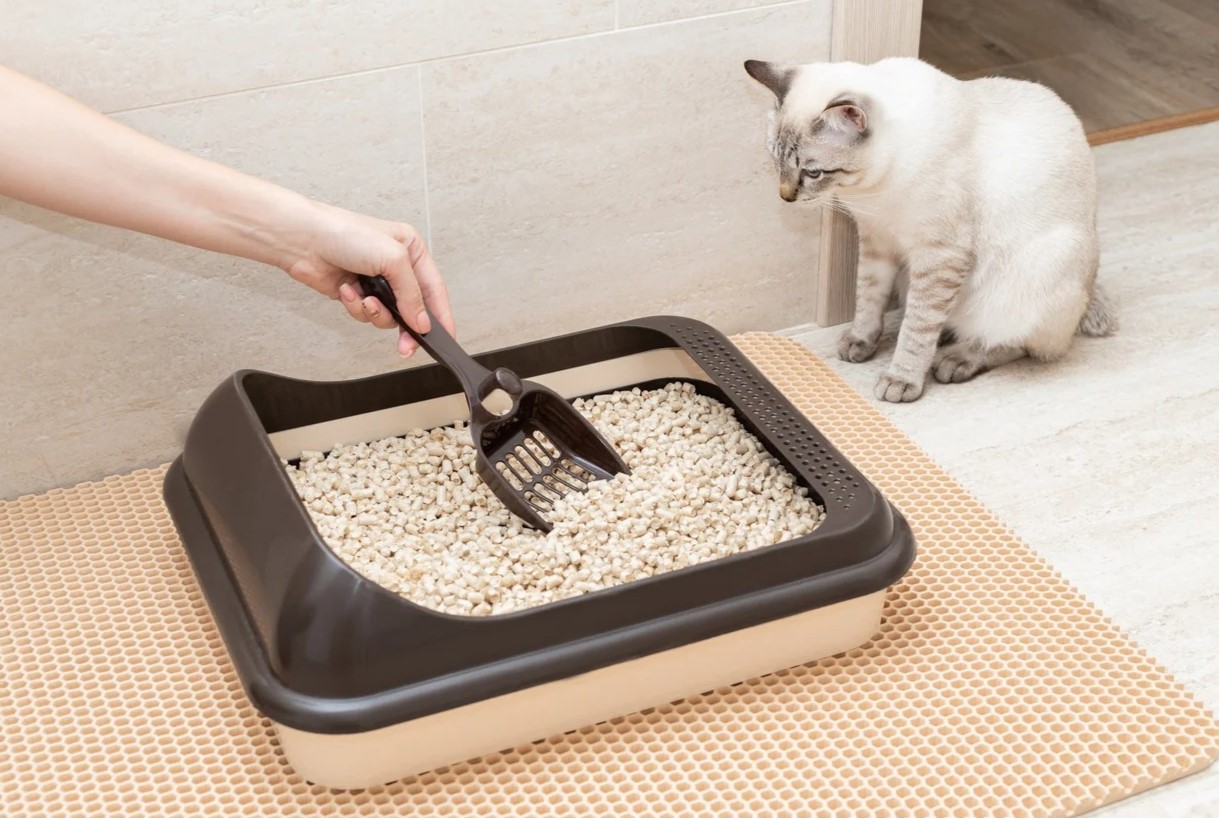

Kitchen Organizing Tools
How To Make A Litter Box For Cats
Published: February 23, 2024
Discover the best kitchen organizing tools to create a litter box for cats. Find practical solutions for a tidy and functional space. Ideal for cat owners seeking efficient storage options.
(Many of the links in this article redirect to a specific reviewed product. Your purchase of these products through affiliate links helps to generate commission for Storables.com, at no extra cost. Learn more)
Introduction
Creating a litter box for your feline friend is a crucial step in providing a comfortable and hygienic environment for your cat. A well-designed litter box not only ensures your cat's well-being but also contributes to a cleaner and more organized living space for you. By following a few simple steps and utilizing the right materials, you can craft a customized litter box that meets your cat's needs while complementing your home decor.
A homemade litter box allows you to tailor the size and design to suit your cat's preferences and your available space. Additionally, it can be a cost-effective alternative to purchasing a pre-made litter box, providing you with the flexibility to create a solution that aligns with your specific requirements.
In this guide, we will walk through the process of crafting a personalized litter box for your cat. From selecting the appropriate container to positioning the litter box in an ideal location, each step is essential in ensuring that your cat feels comfortable and at ease when using the litter box. By taking the time to create a customized litter box, you can enhance your cat's living environment and contribute to a harmonious coexistence between you and your feline companion.
Now, let's delve into the materials needed and the step-by-step process of constructing a tailored litter box that will cater to your cat's needs and preferences.
Key Takeaways:
- Crafting a personalized litter box for your cat involves choosing the right container, cutting an entrance, adding a litter liner, filling it with cat litter, and placing it in a suitable location. This ensures a comfortable and hygienic space for your feline friend.
- By creating a customized litter box, you can provide a comfortable and inviting environment for your cat while maintaining a clean and organized living space. The process involves thoughtful steps and materials to cater to your cat’s needs and preferences.
Read more: How To Make Your Cat Pee In The Litter Box
Materials Needed
To embark on the journey of creating a personalized litter box for your cat, you will need a few essential materials. These items are readily available and will enable you to craft a customized litter box that aligns with your cat's preferences and your home decor. Here's a comprehensive list of the materials you'll need:
-
Container: Select a suitable container that will serve as the base of the litter box. This could be a large plastic storage bin, a wooden crate, or any other sturdy and spacious container that provides ample room for your cat to move around comfortably.
-
Cutting Tool: You'll require a cutting tool such as a sharp utility knife or a jigsaw to create an entrance in the container. This tool will allow you to customize the entrance size based on your cat's size and mobility.
-
Litter Liner: A durable and appropriately sized litter liner is essential to maintain cleanliness and simplify the process of cleaning the litter box. Opt for a liner that fits snugly inside the container and is resistant to tearing.
-
Litter: Choose a high-quality cat litter that suits your cat's preferences and effectively controls odors. There are various types of cat litter available, including clumping, non-clumping, scented, and unscented options. Consider your cat's comfort and any potential sensitivities when selecting the litter.
-
Scoop: A sturdy litter scoop is indispensable for removing waste and maintaining the cleanliness of the litter box. Look for a scoop with a comfortable handle and a durable construction to facilitate effortless waste removal.
-
Location: While not a physical material, the location where you intend to place the litter box is crucial. Consider a quiet and easily accessible area that provides your cat with privacy and a sense of security.
By gathering these materials, you will be well-equipped to embark on the process of constructing a personalized litter box that caters to your cat's needs and enhances your living space. With these essentials in hand, you can proceed to the next step of choosing the right container for your customized litter box.
Step 1: Choosing the Right Container
The first and foremost step in creating a customized litter box for your cat is selecting the appropriate container. The container serves as the foundation of the litter box, providing the space for your cat to comfortably move around and fulfill its natural instincts. When choosing a container, it's essential to consider several factors to ensure that it aligns with your cat's needs and your home environment.
Size and Space: Opt for a container that offers ample space for your cat to maneuver comfortably. Cats appreciate having enough room to turn around and assume their preferred posture while using the litter box. A spacious container also contributes to a sense of openness, reducing any feelings of confinement that may deter your cat from using the litter box.
Accessibility: Consider the accessibility of the container, especially if your cat is young, elderly, or has mobility limitations. The entrance should be wide enough to accommodate your cat's size and mobility, allowing for easy entry and exit. Additionally, the height of the container should be conducive to your cat's ability to step in and out comfortably.
Material and Durability: Choose a container made of durable and easy-to-clean material. Plastic storage bins, wooden crates, or similar sturdy containers are excellent options. These materials are resilient, easy to maintain, and provide a stable structure for the litter box. Additionally, opt for a container with smooth edges to prevent any discomfort or injury to your cat while using the litter box.
Customization Potential: Select a container that offers customization potential, allowing you to tailor the entrance to your cat's preferences. This customization may involve cutting a precise entrance that suits your cat's size and mobility, ensuring that your cat can access the litter box with ease.
By carefully considering these factors, you can choose a container that serves as an ideal foundation for your customized litter box. The right container will provide your cat with a comfortable and inviting space to fulfill its natural needs while seamlessly integrating into your home environment. With the container selected, you can proceed to the next step of crafting a personalized entrance for your cat's litter box.
Step 2: Cutting an Entrance
Once you have selected the suitable container for your customized litter box, the next crucial step is to create an entrance that allows your cat to access the litter box with ease and comfort. This process involves precision and careful consideration of your cat's size and mobility, ensuring that the entrance is tailored to accommodate your feline companion's needs.
To begin, mark the location of the entrance on the chosen container. Consider the height and width of the entrance, keeping in mind your cat's size and any potential mobility limitations. A general guideline is to position the entrance near the lower portion of the container, allowing for effortless entry and exit for your cat.
Using a sharp cutting tool such as a utility knife or a jigsaw, carefully cut out the marked entrance. Exercise caution during this step to create smooth and even edges, minimizing any sharp or jagged areas that could cause discomfort to your cat. It's essential to prioritize safety and precision while crafting the entrance, ensuring that it provides a seamless passage for your cat without any obstacles or hazards.
The size of the entrance should align with your cat's dimensions, allowing for easy passage without feeling cramped or restricted. Consider your cat's comfort and mobility when determining the dimensions of the entrance, aiming to create a space that facilitates effortless access to the litter box.
Once the entrance is cut, inspect the edges to ensure they are smooth and free of any rough areas. Sanding the edges lightly can further refine the entrance, creating a comfortable and safe passage for your cat. Additionally, you may opt to apply a protective sealant to the edges to enhance durability and prevent any potential wear over time.
By meticulously crafting the entrance to your cat's litter box, you are providing a tailored and accessible space that aligns with your cat's needs and preferences. This personalized entrance contributes to a positive and comfortable experience for your cat, fostering a hygienic and inviting environment for fulfilling its natural instincts.
With the entrance successfully created, you are one step closer to completing your customized litter box. The next steps involve adding a litter liner, filling the box with litter, and strategically placing it in an ideal location within your home. These subsequent steps will further enhance the functionality and appeal of your personalized litter box, ensuring that it seamlessly integrates into your living space while prioritizing your cat's well-being and comfort.
Step 3: Adding a Litter Liner
With the entrance successfully crafted, the next pivotal step in creating a personalized litter box for your cat involves adding a litter liner. A high-quality litter liner serves as a protective barrier within the container, facilitating easy maintenance and enhancing cleanliness. This essential component simplifies the process of cleaning the litter box, contributing to a hygienic and odor-free environment for your cat.
To begin, select a litter liner that is appropriately sized to fit snugly inside the container. The liner should cover the interior base and sides of the container, creating a seamless and secure enclosure for the litter. Opt for a durable and tear-resistant liner that can withstand regular use and effectively contain the litter within the box.
Carefully place the litter liner inside the container, ensuring that it conforms to the shape and dimensions of the interior. Smooth out any wrinkles or folds to create a uniform surface, maximizing the effectiveness of the liner in containing the litter and simplifying the cleaning process. The snug fit of the liner prevents shifting or bunching during use, maintaining a tidy and organized litter box.
Once the liner is in place, secure it along the upper edges of the container, ensuring a secure and stable fit. This step prevents the liner from slipping or becoming dislodged during your cat's use of the litter box, maintaining a consistent and enclosed environment for the litter.
The addition of a litter liner not only streamlines the cleaning process but also prolongs the longevity of the container by protecting it from moisture and potential odors. This protective barrier contributes to a more hygienic and inviting space for your cat, promoting a positive and comfortable experience when using the litter box.
By incorporating a durable and well-fitted litter liner, you are enhancing the functionality and cleanliness of your personalized litter box. This essential component complements the customized design of the litter box, contributing to a harmonious coexistence between you and your feline companion while maintaining a clean and organized living environment.
With the litter liner securely in place, the subsequent steps involve filling the box with litter and strategically placing it in an ideal location within your home. These final touches will further optimize the functionality and appeal of your customized litter box, ensuring that it seamlessly integrates into your living space while prioritizing your cat's well-being and comfort.
Read more: How To Travel With A Cat Litter Box
Step 4: Filling with Litter
Filling the customized litter box with the appropriate cat litter is a pivotal step in creating a comfortable and inviting space for your feline companion. The type of litter you choose plays a significant role in your cat's overall comfort, hygiene, and satisfaction when using the litter box. By selecting a high-quality litter and ensuring an appropriate depth within the box, you can provide an optimal environment that aligns with your cat's preferences and promotes consistent litter box usage.
When filling the litter box, consider the following guidelines to ensure an effective and cat-friendly approach:
Selecting the Right Cat Litter
Choose a cat litter that suits your cat's preferences and effectively controls odors. There are various types of cat litter available, including clumping, non-clumping, scented, and unscented options. Consider your cat's comfort and any potential sensitivities when selecting the litter. Additionally, opt for a litter that is low-dust to minimize respiratory irritation for both you and your cat.
Determining the Appropriate Depth
Maintain an appropriate depth of litter within the box to facilitate your cat's natural digging and covering behaviors. A depth of around 2-3 inches of litter is generally recommended, allowing your cat to engage in its instinctual behaviors comfortably. This depth provides ample coverage for waste and promotes effective odor control.
Regular Maintenance and Monitoring
Regularly monitor the litter box to ensure that the litter depth remains consistent and sufficient for your cat's needs. As your cat uses the litter box, periodically replenish the litter to maintain the recommended depth and freshness. Additionally, promptly remove any clumped waste and solid waste to uphold cleanliness and hygiene within the litter box.
Read more: How To Make Your Own Cat Litter Box
Providing Multiple Litter Boxes
If you have multiple cats, it's advisable to provide a sufficient number of litter boxes to accommodate each cat's individual preferences. The general recommendation is to have one litter box per cat, plus an additional box to ensure accessibility and minimize potential territorial issues. By offering multiple litter boxes, you can promote a harmonious and stress-free environment for your cats.
By adhering to these guidelines and selecting the appropriate cat litter, you can create a welcoming and hygienic space within the customized litter box. This thoughtful approach to filling the litter box contributes to your cat's comfort and well-being, fostering consistent and contented litter box usage.
With the litter box expertly filled with the appropriate cat litter, the final step involves strategically placing it in an ideal location within your home. This strategic positioning will further enhance the functionality and appeal of your customized litter box, ensuring that it seamlessly integrates into your living space while prioritizing your cat's well-being and comfort.
Consider using a large plastic storage container as a DIY litter box for your cat. Cut a hole in the lid for easy access and to contain the mess. This can be a cost-effective and efficient solution for your cat’s needs.
Step 5: Placing in the Right Location
Strategic placement of the customized litter box is paramount in creating an environment that encourages your cat to use it consistently while harmoniously integrating into your home. The location you choose for the litter box can significantly impact your cat's comfort, privacy, and overall satisfaction with its designated toileting area.
When determining the ideal placement for the litter box, consider the following factors:
-
Privacy and Accessibility: Select a quiet and easily accessible area for the litter box, providing your cat with a sense of privacy and security. Avoid high-traffic areas or locations with excessive noise, as these can deter your cat from using the litter box consistently. Additionally, ensure that the chosen location allows your cat to approach the litter box without encountering obstacles or disturbances.
-
Separation from Food and Water: Place the litter box in a separate area from your cat's food and water bowls. Cats instinctively prefer to keep their toileting area distinct from their feeding and drinking spaces. This separation contributes to a hygienic and comfortable environment, aligning with your cat's natural preferences.
-
Accessibility for Multiple Cats: If you have multiple cats, ensure that each cat has easy access to a litter box. Providing multiple litter boxes in different areas of your home can prevent territorial conflicts and promote a harmonious toileting environment for all your feline companions.
-
Ventilation and Light: Choose a location with adequate ventilation and natural or artificial light. Proper ventilation helps minimize odors and maintain a fresh environment within the litter box area. Additionally, sufficient light can contribute to your cat's comfort and confidence when using the litter box.
-
Stability and Consistency: Once you have identified an optimal location, maintain consistency in the placement of the litter box. Cats thrive on routine and familiarity, so keeping the litter box in a stable location reinforces a sense of security and predictability for your cat.
By carefully considering these factors and selecting an appropriate location for the customized litter box, you can create an inviting and functional space that aligns with your cat's needs and preferences. This thoughtful approach to placement contributes to a harmonious coexistence between you and your feline companion, fostering a clean, organized, and cat-friendly living environment.
Conclusion
Crafting a personalized litter box for your cat is a rewarding endeavor that not only enhances your cat's living environment but also contributes to a cleaner and more organized home. By following the step-by-step process outlined in this guide and utilizing the right materials, you have the opportunity to create a customized litter box that aligns with your cat's needs and preferences while seamlessly integrating into your living space.
The journey of constructing a personalized litter box begins with selecting the appropriate container, considering factors such as size, accessibility, material, and customization potential. This foundational step sets the stage for creating a comfortable and inviting space for your cat to fulfill its natural instincts.
The subsequent steps of cutting an entrance, adding a litter liner, and filling the box with the appropriate cat litter further enhance the functionality and appeal of the customized litter box. These meticulous details contribute to a hygienic and comfortable environment for your cat, fostering consistent and contented litter box usage.
Strategic placement of the customized litter box is paramount in creating an environment that encourages your cat to use it consistently while harmoniously integrating into your home. By considering factors such as privacy, accessibility, separation from food and water, ventilation, and stability, you can ensure that the chosen location promotes a positive and stress-free toileting experience for your cat.
As you complete the process of creating a personalized litter box, you have not only tailored a space that meets your cat's needs but also established a harmonious coexistence between you and your feline companion. The customized litter box serves as a testament to your dedication to providing a comfortable and hygienic environment for your cat, fostering a strong bond and mutual respect between you and your beloved pet.
By embarking on the journey of crafting a personalized litter box, you have demonstrated a commitment to your cat's well-being and happiness. This thoughtful and creative endeavor enriches your home environment and contributes to a fulfilling and harmonious relationship with your feline companion.
Frequently Asked Questions about How To Make A Litter Box For Cats
Was this page helpful?
At Storables.com, we guarantee accurate and reliable information. Our content, validated by Expert Board Contributors, is crafted following stringent Editorial Policies. We're committed to providing you with well-researched, expert-backed insights for all your informational needs.
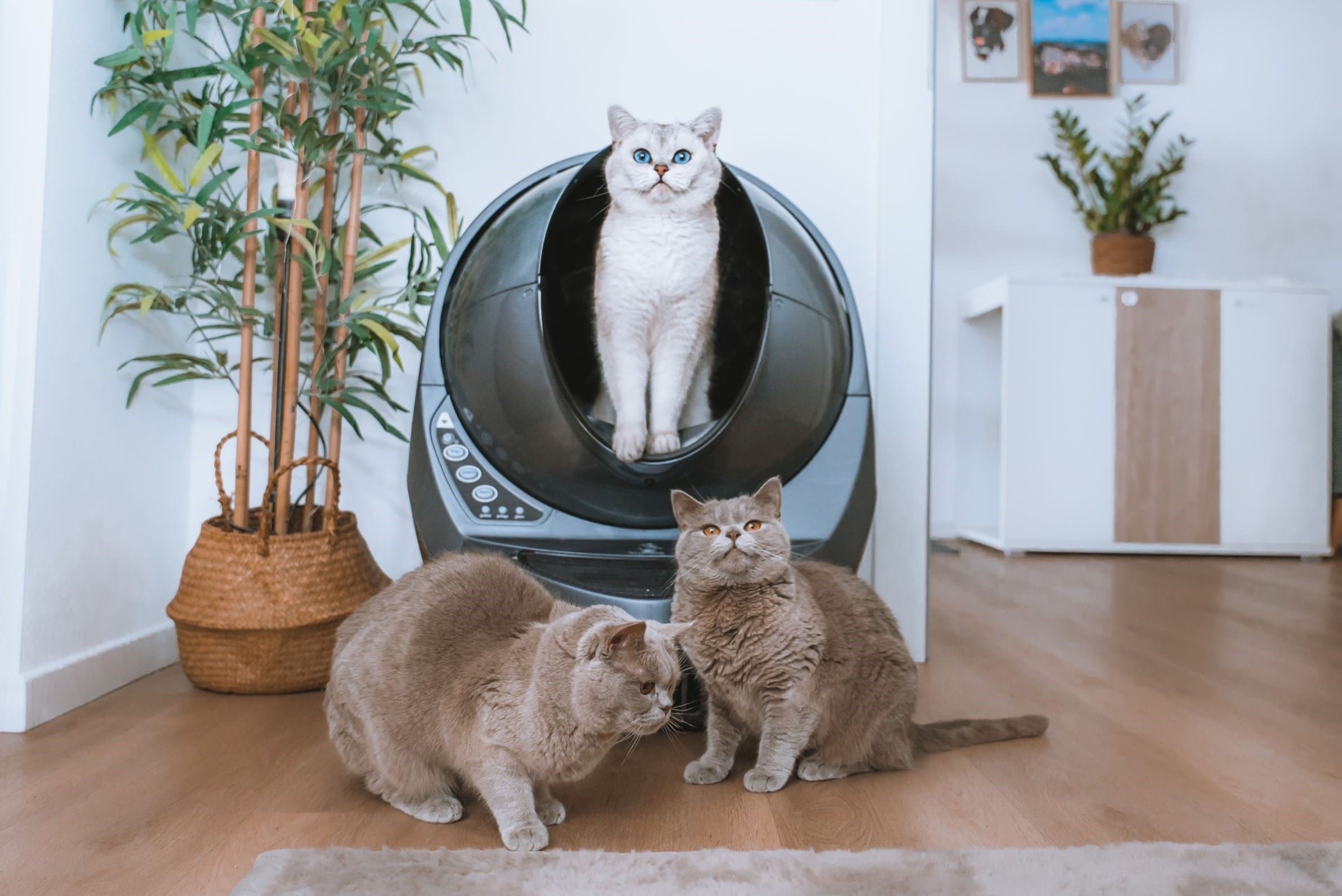
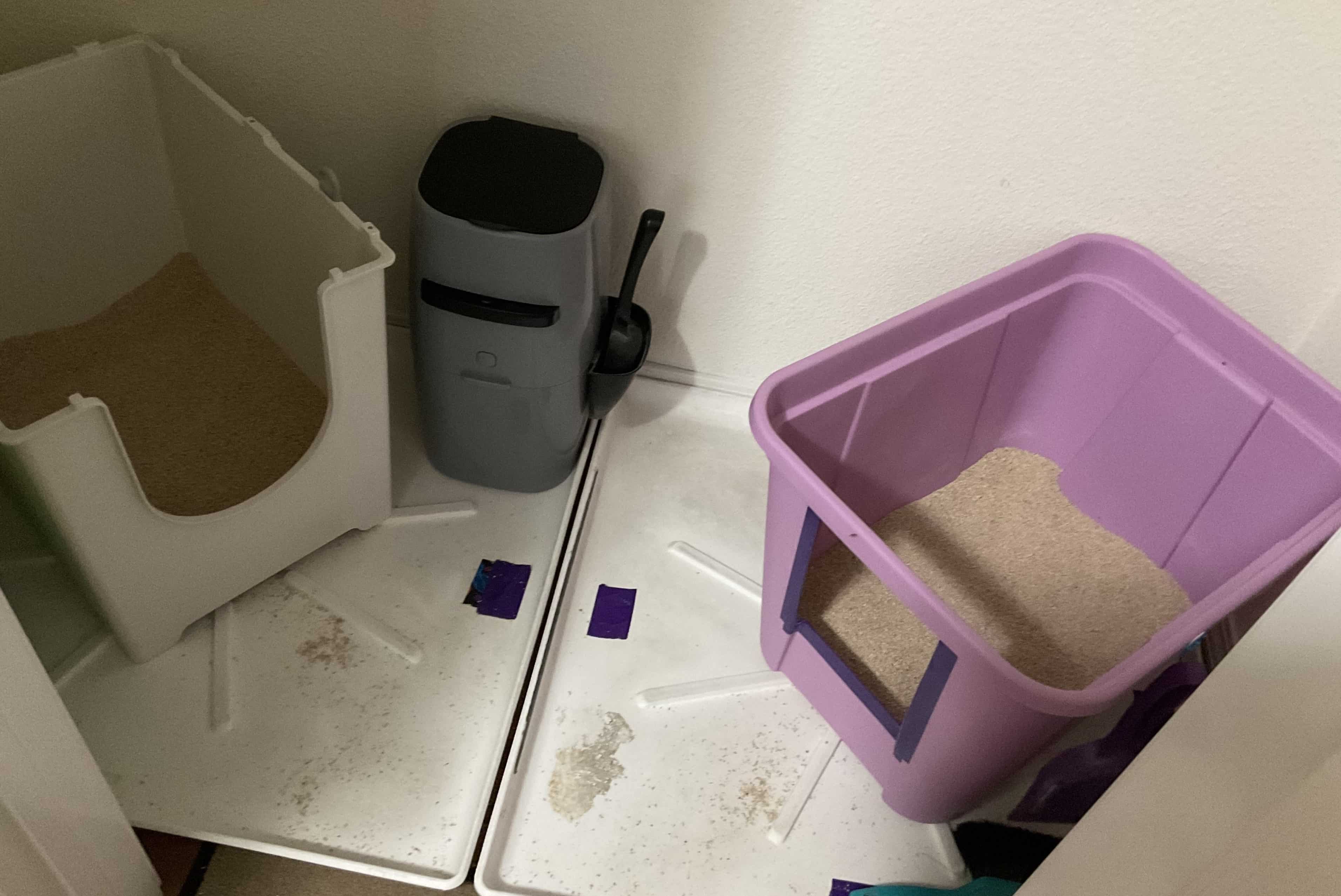
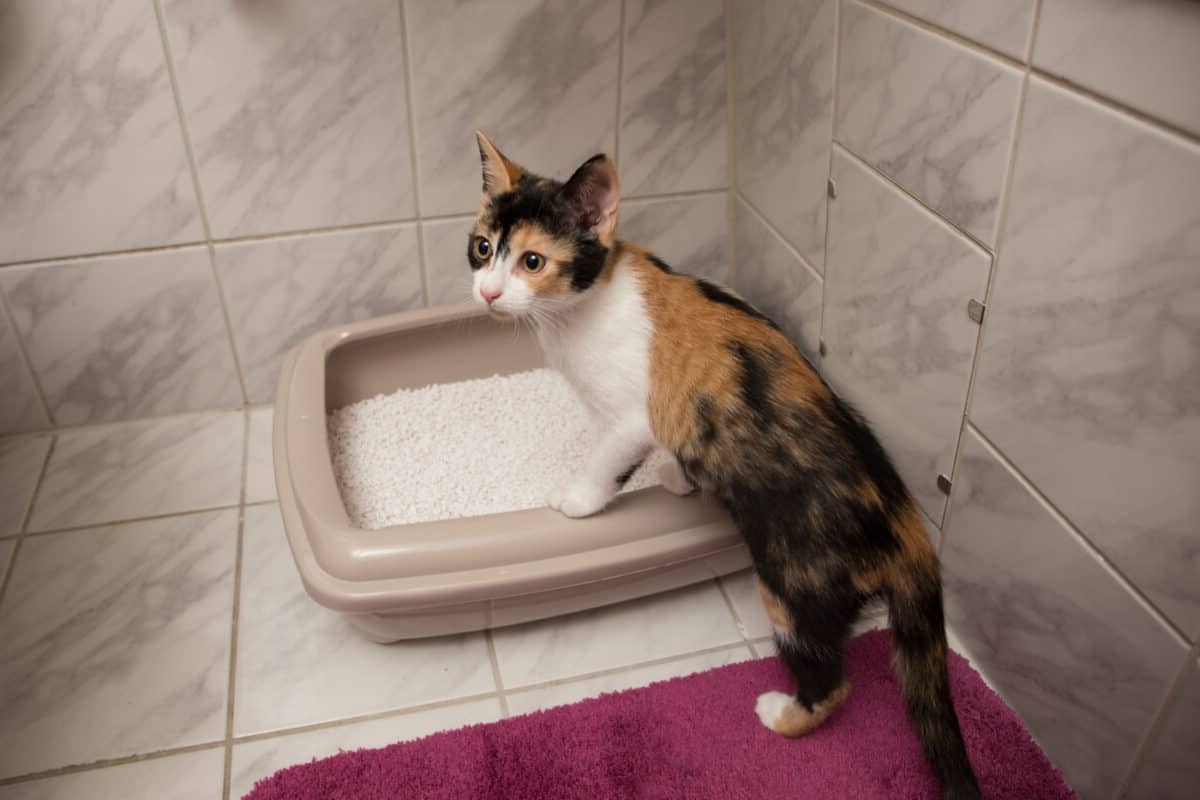
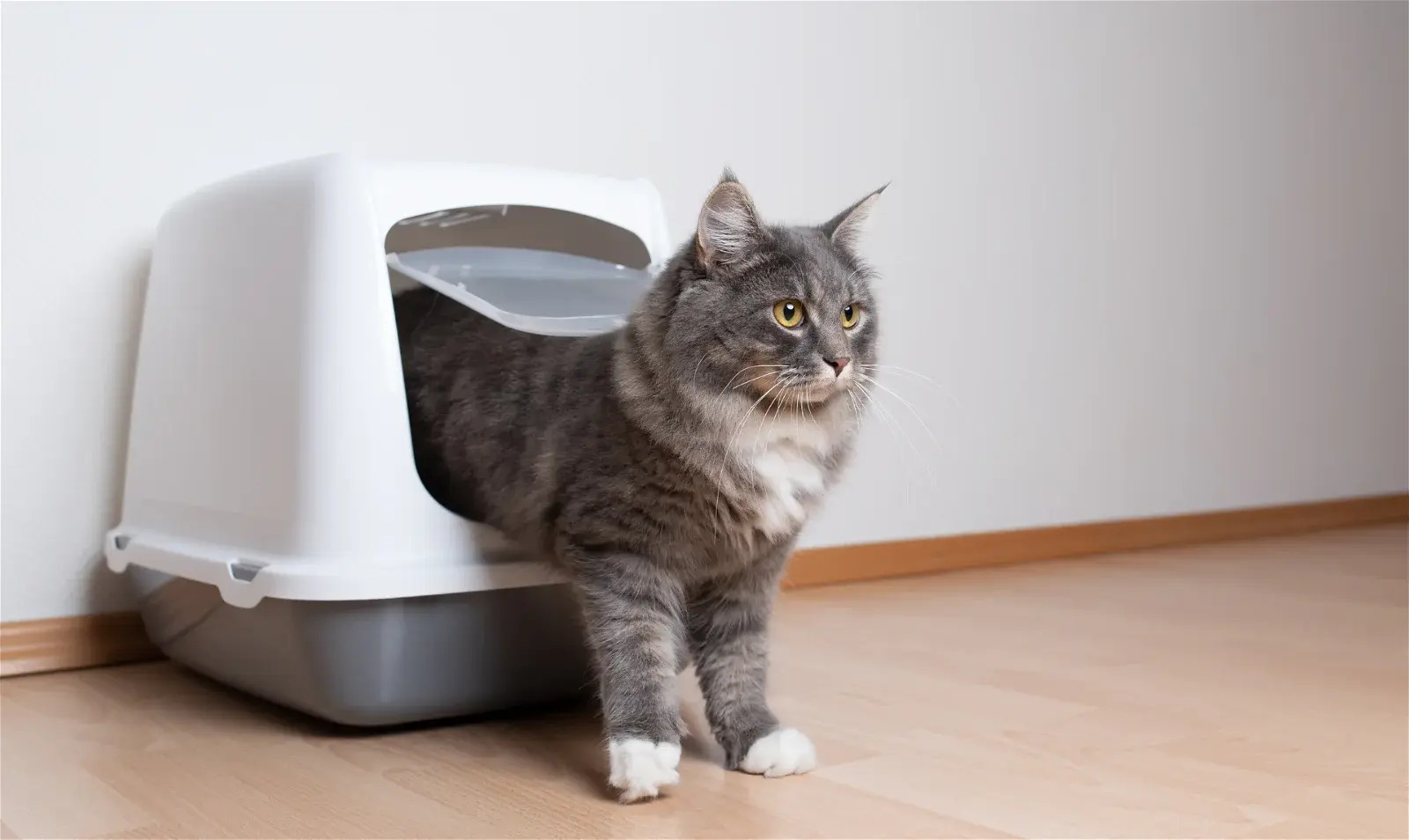
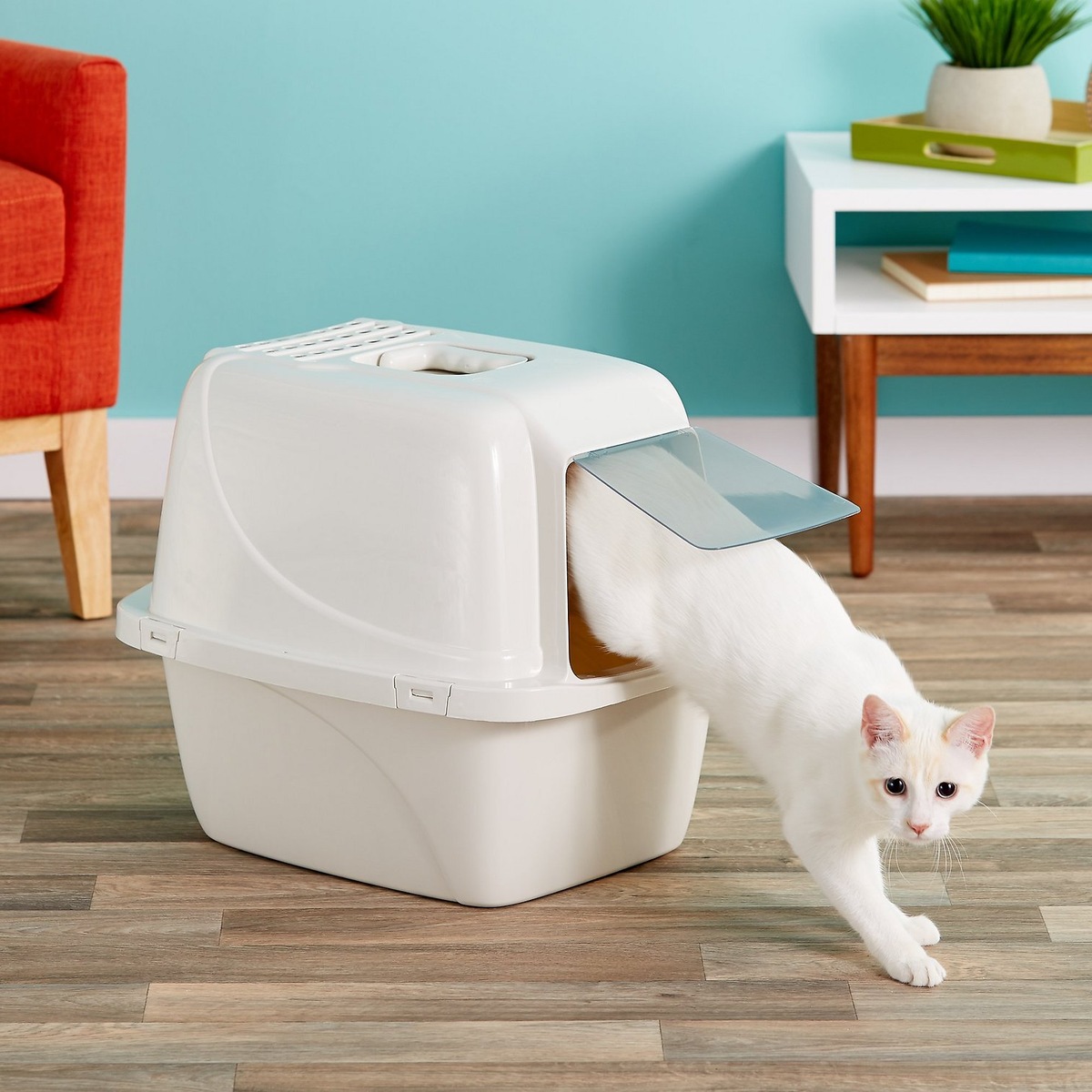
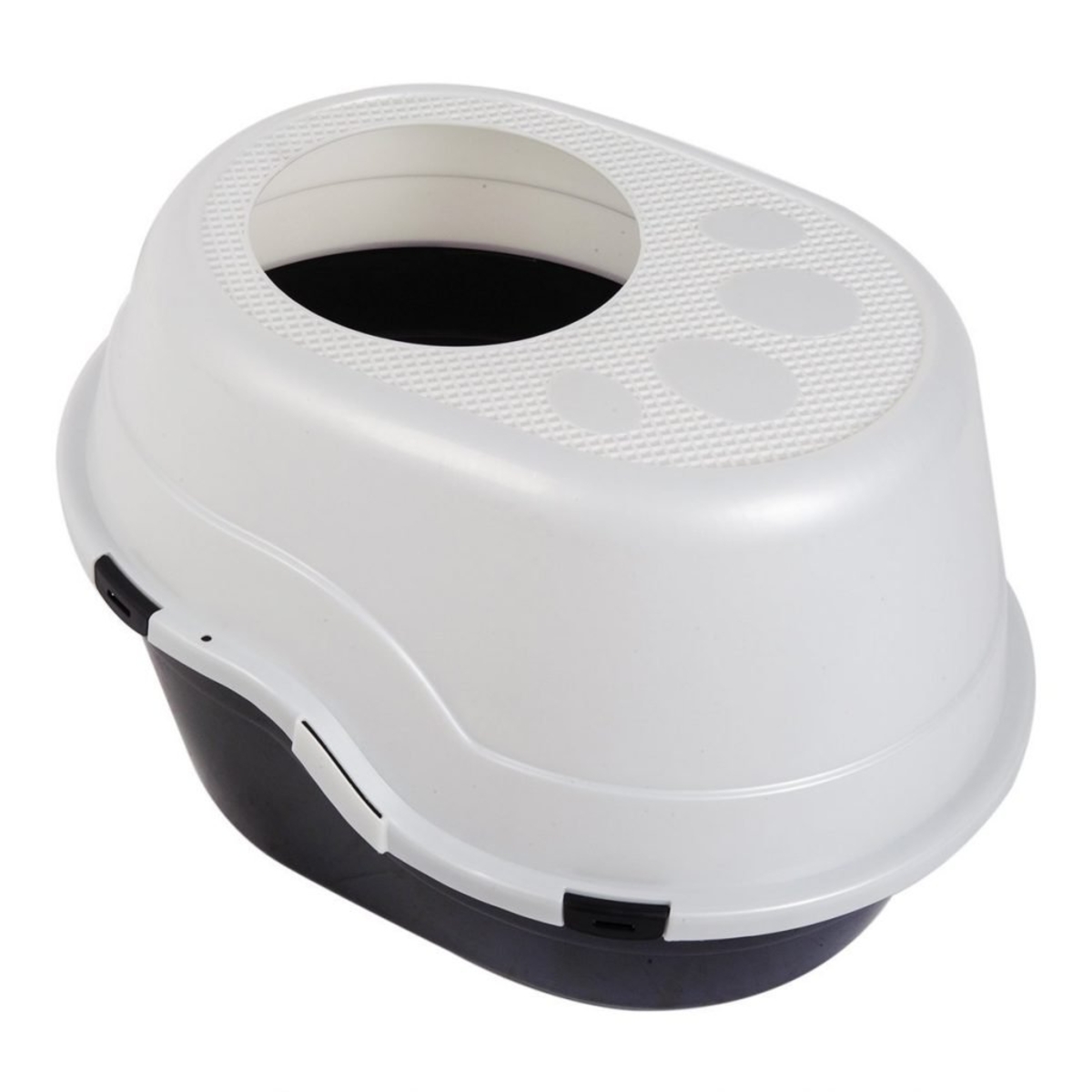
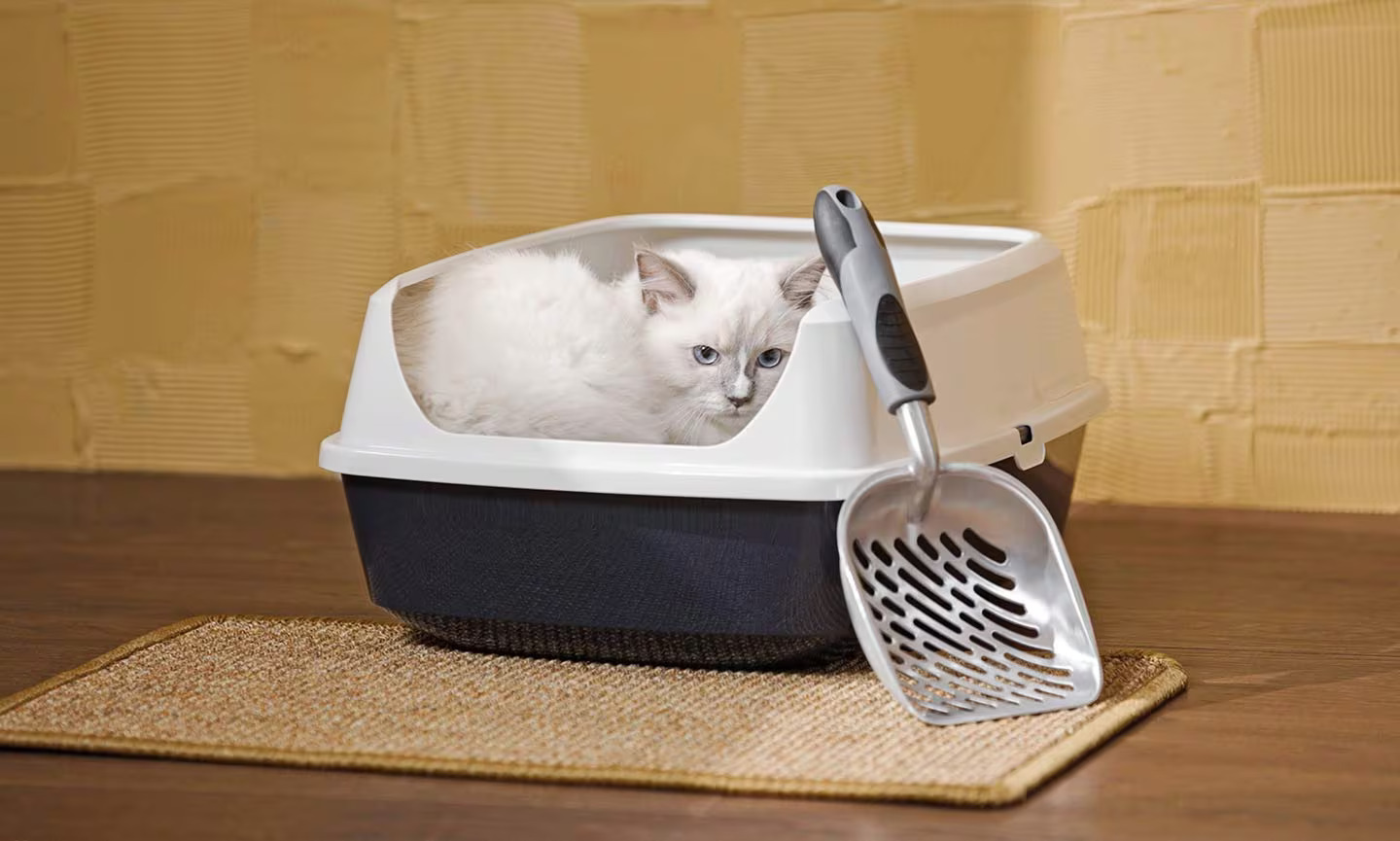
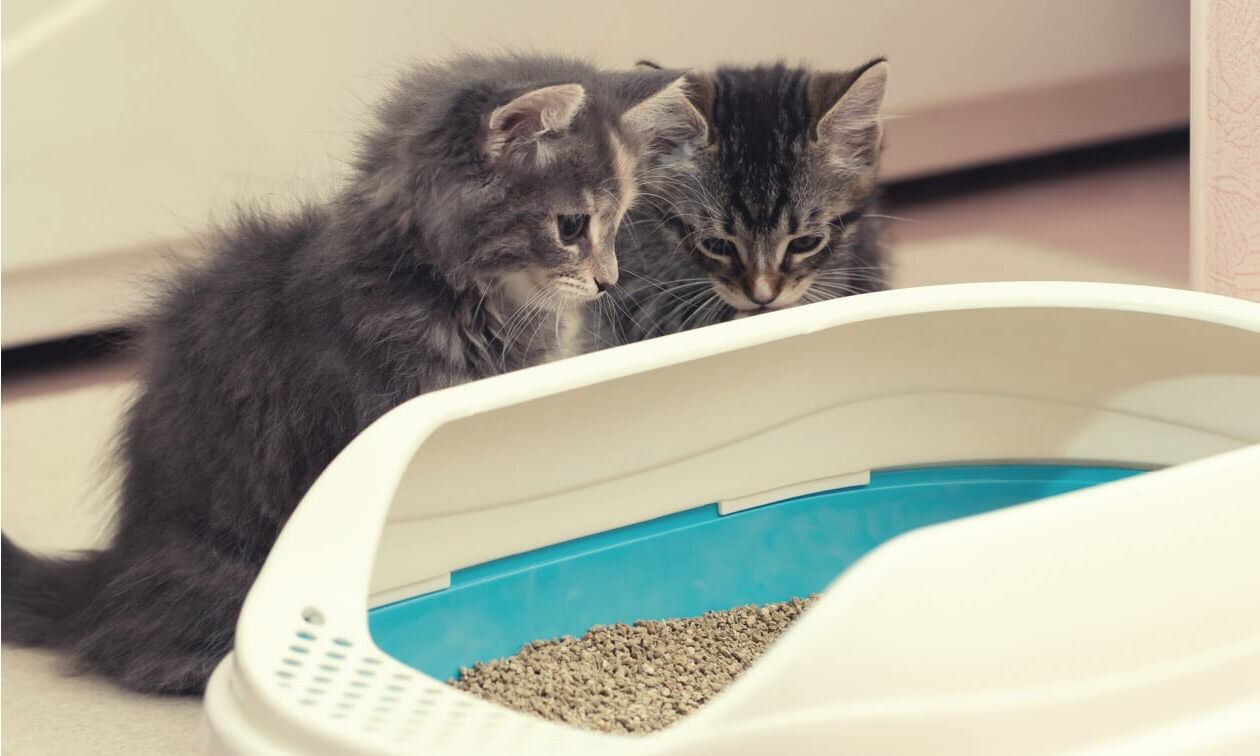
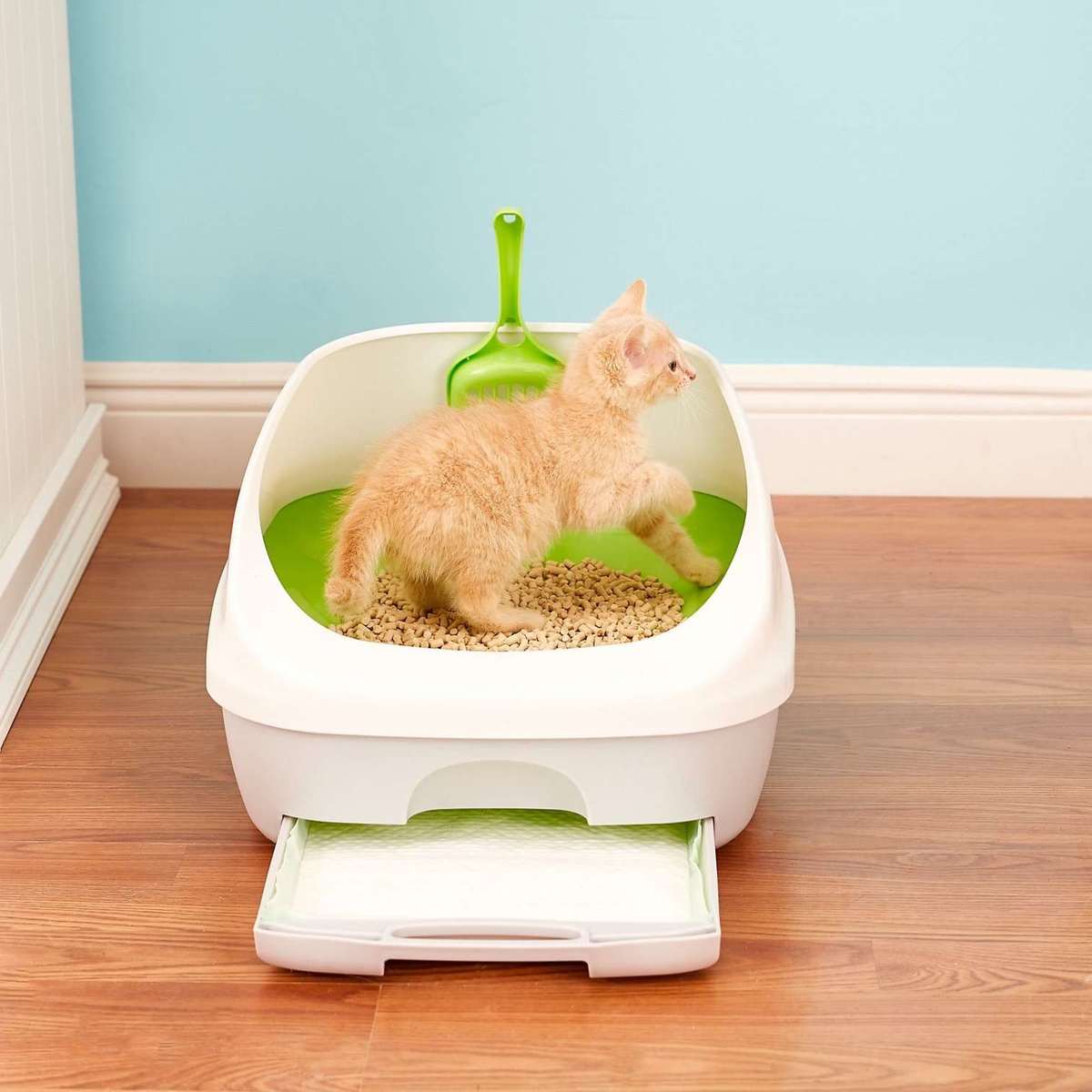
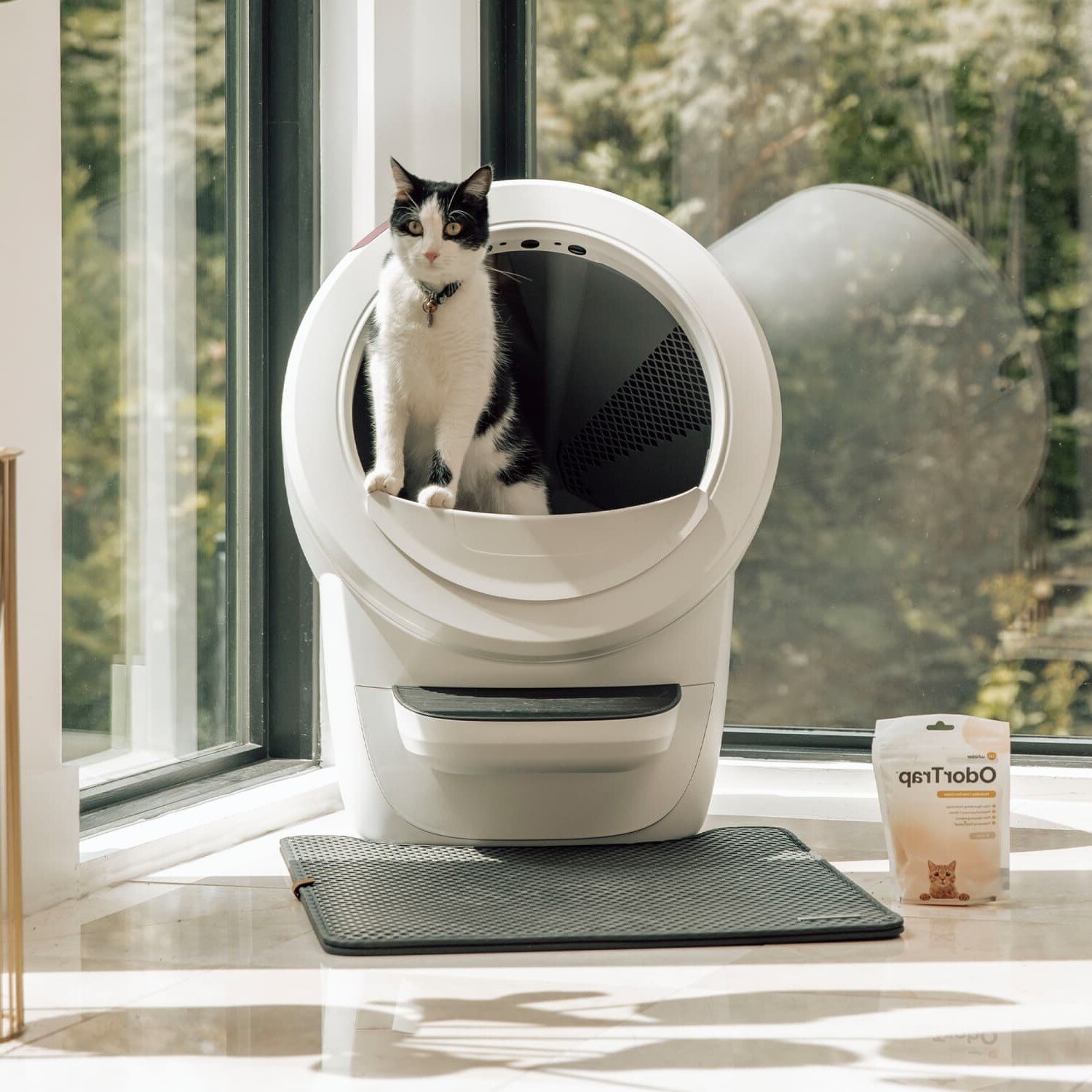
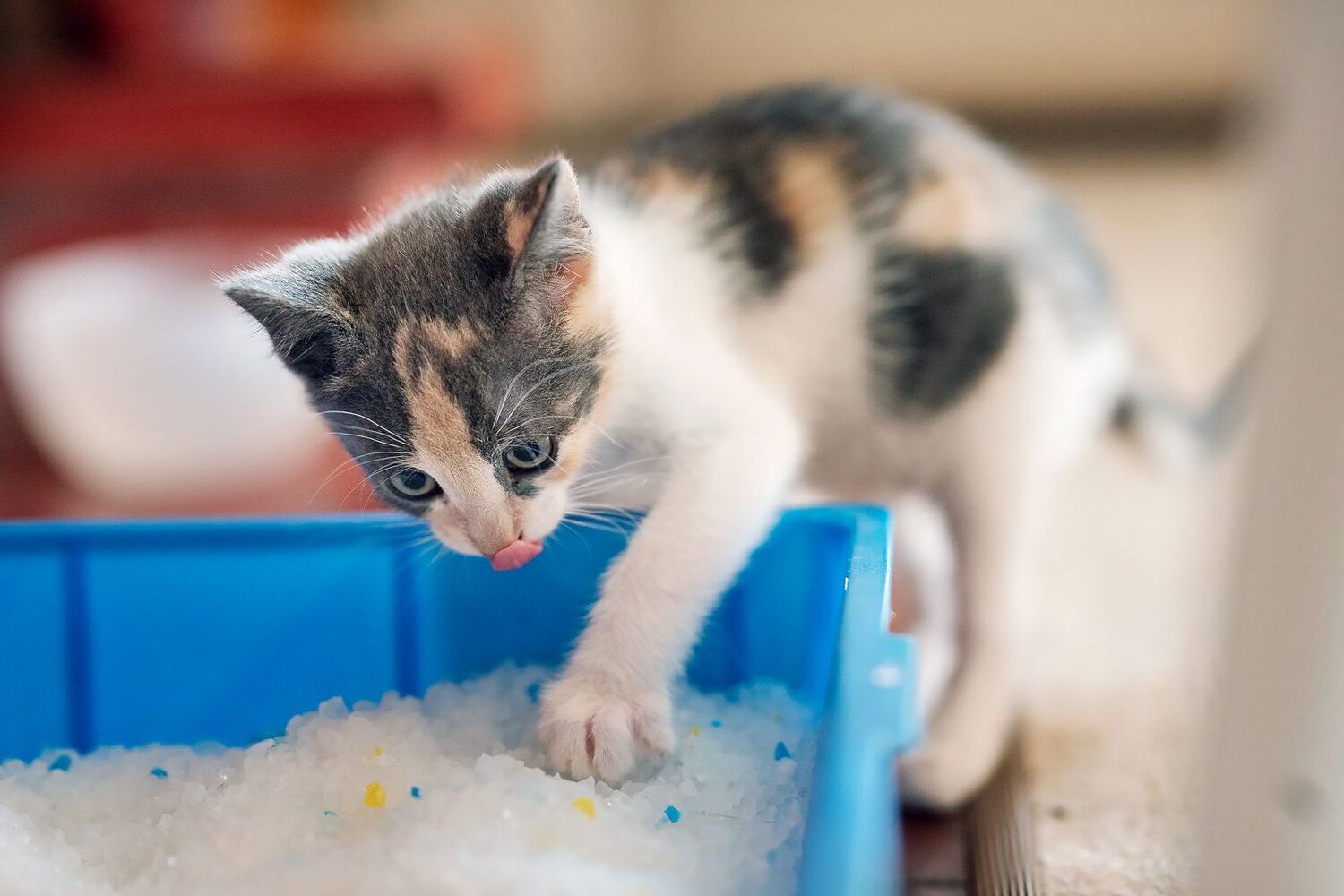
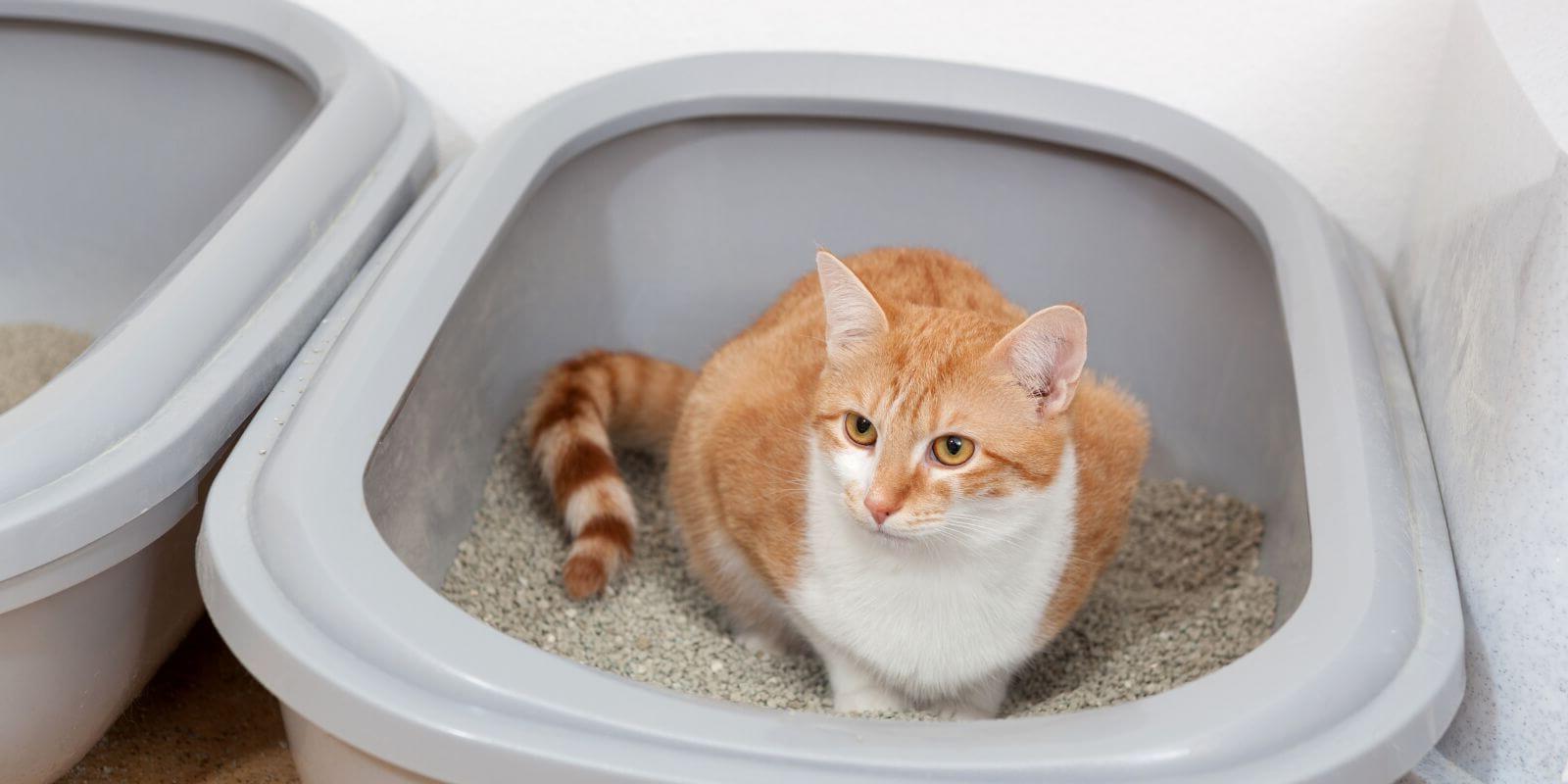
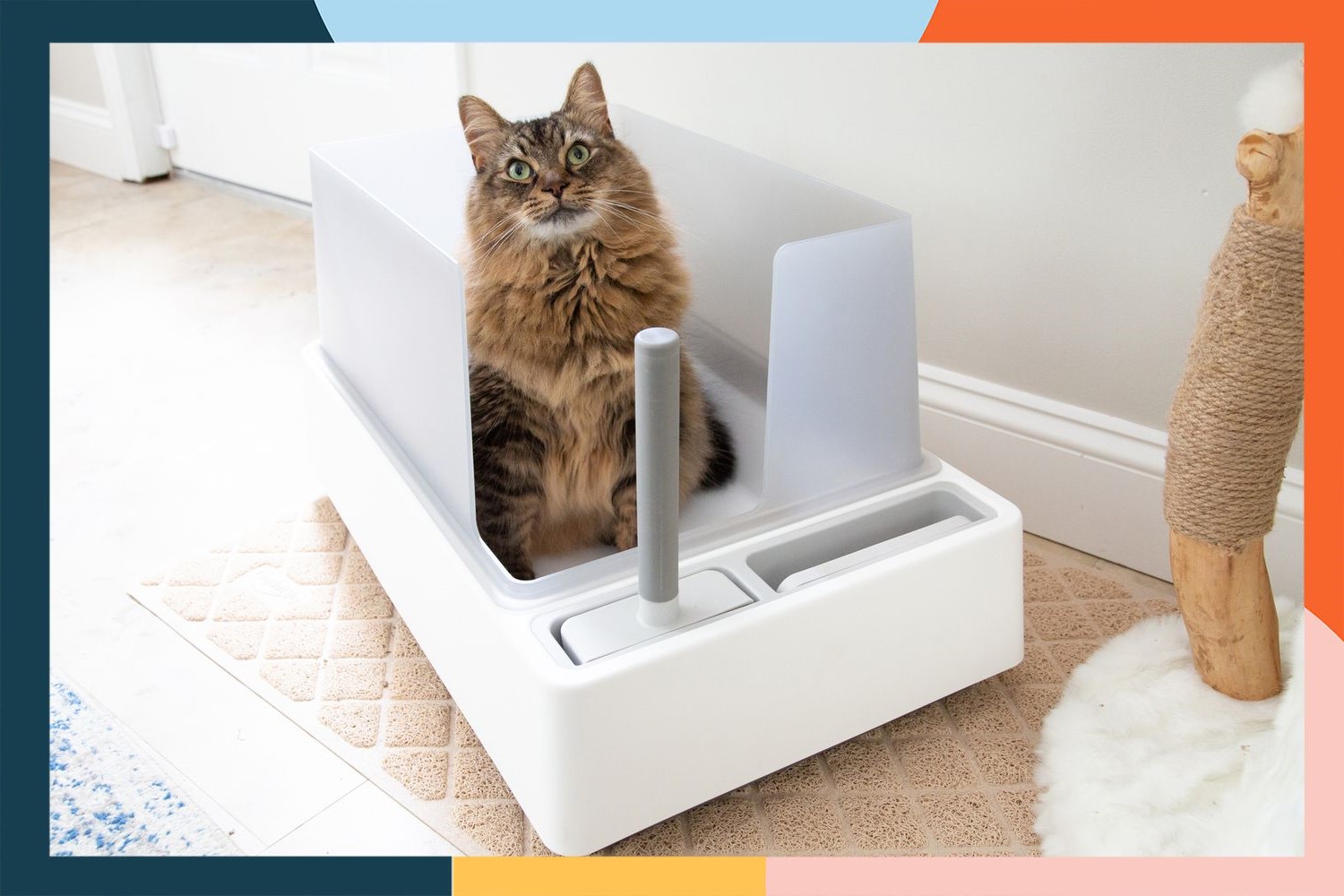

0 thoughts on “How To Make A Litter Box For Cats”